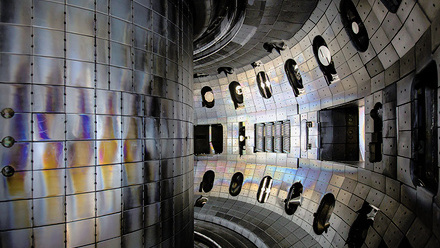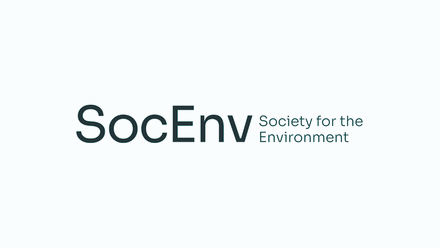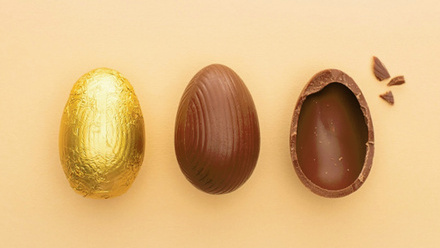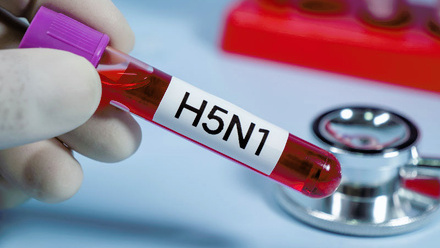Coffee pods recycled for 3D-printing filaments
Used plastic coffee pods can be recycled into 3D-printing filaments, reports a joint Brazilian-British research team.
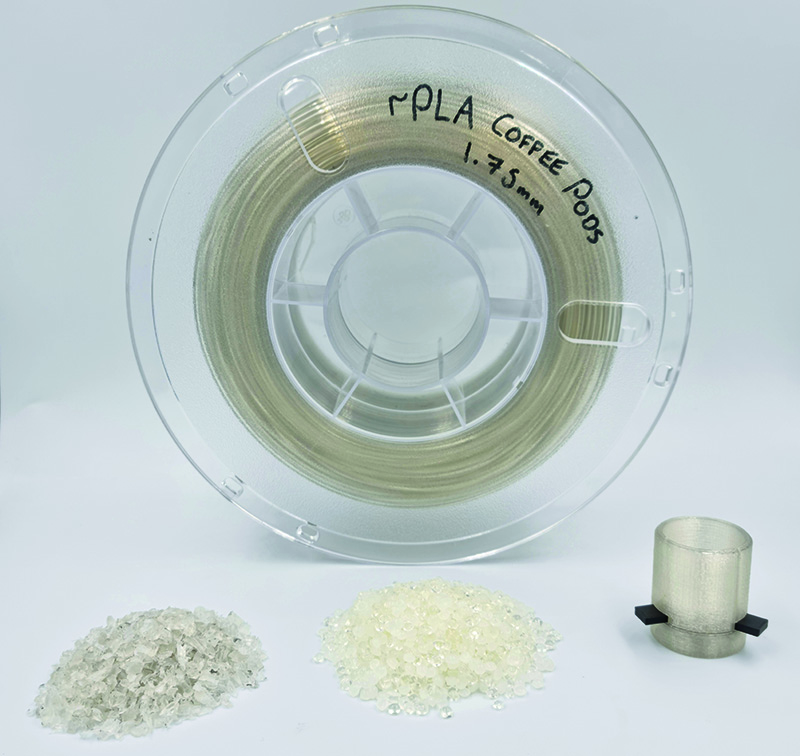
The group is producing conductive and non-conductive filaments from waste polylactic acid (PLA) from used coffee machine pods, although the technique can be applied to other plastic pods. Possible uses include conductive parts for machinery and sensors.
The study was conducted by researchers at the Federal University of São Carlos and State University of Campinas in Brazil, and the Manchester Metropolitan University, UK.
The group has produced electrochemical cells with non-conductive filaments of PLA and electrochemical sensors with conductive filaments by adding carbon black.
The coffee pod PLA is first turned into pellets, then dried to remove any residual water and passed through an extruder, with the 1.75mm diameter filament passed over an airline for cooling before being collected on a spool.
To make the electrically conductive filament, the PLA pellets are heated with carbon black and polyethylene succinate – which acts as a plasticiser. These are mixed at 170°C using banbury rotors at 70rpm for 10 minutes. The mixed polymer composite is granulated and passed through the extruder.
The authors report 99% of the PLA weight becomes a printable filament, with the only waste occurring soon after start up when the first strands are connected to the spooler and the diameter adjusted. A 500g batch of conductive waste generates 475g of conductive filament – this represents 95% efficiency with the remaining 5% still recyclable. They are able to then recycle the filament three additional times before the polymer is too degraded for filament production.
Senior author Craig Banks at Manchester Metropolitan University adds that any plastic pods can be converted to a non-conductive filament, including PLA, acrylonitrile butadiene styrene (ABS), polyethylene terephthalate (PET), polyethylene terephthalate glycol, polypropylene and high density polyethylene. The resulting filaments, he asserts, can be used on any fused filament fabrication 3D printer and are said to perform well compared to commercial filaments.
'Scaling up production of the normal PLA filament would be fairly straightforward as we have already produced over 6t of normal filament from this source. We have also already produced over 3t of PET from recycled sources,' Banks says.
'For the conductive filament, this is more tricky, as optimisation for extrusion parameters needs to take place to avoid clogging of the extruder and nozzles due to the conductive filler.'
The work is in response to the increased use of coffee pods. The researchers note that although reusable pods exist and some suppliers promote recycling of aluminium pods, most consumers throw used pods into the bin, especially if they are made of plastic. The São Paulo State Technological Research Institute has calculated that 'a cup of pod coffee can be as much as 14 times more damaging to the environment than a cup of filter coffee'.



